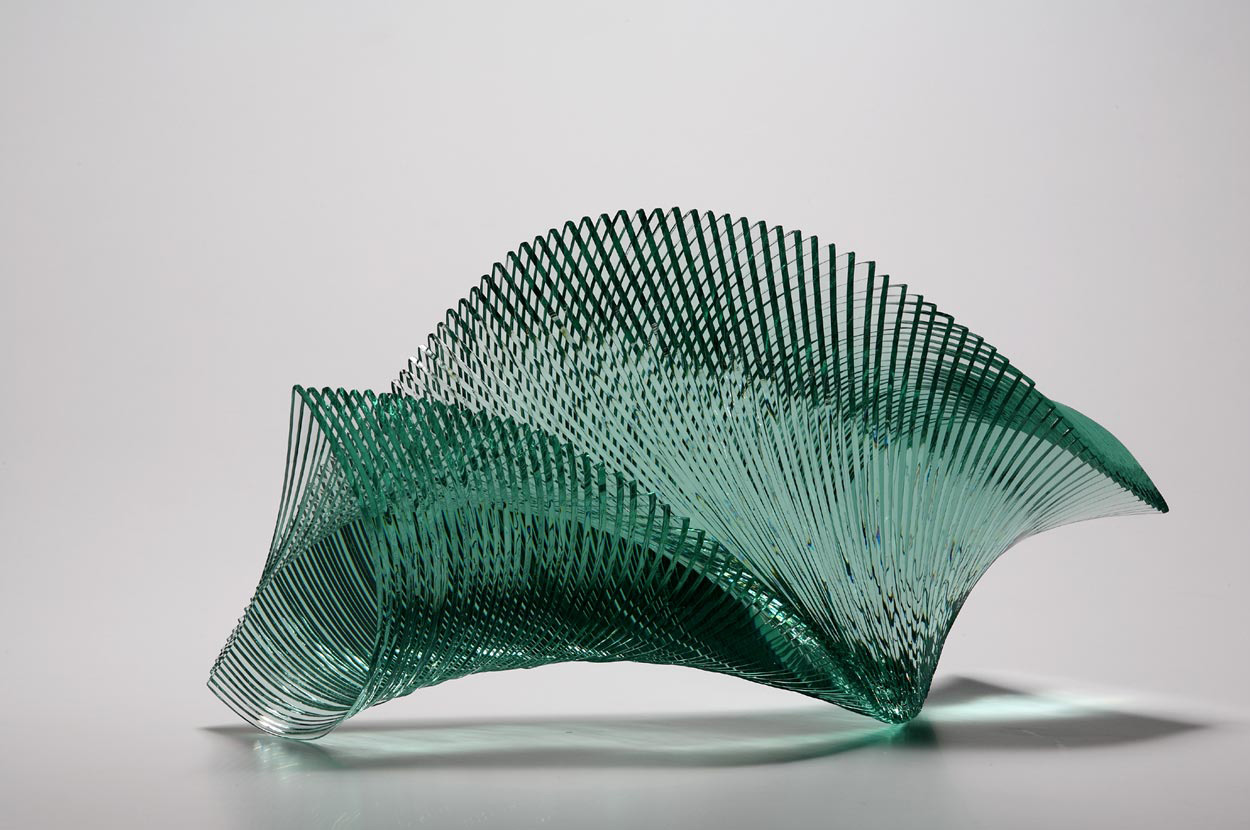

The Cost of Tinted Glass A Comprehensive Overview
In the world of architectural design and home improvement, tinted glass has become a popular choice for both residential and commercial buildings. Known for its aesthetic appeal as well as its functional benefits, tinted glass serves a multitude of purposes ranging from privacy enhancement to energy efficiency. However, as homeowners and contractors consider this option, understanding the cost associated with tinted glass installation becomes essential. This article delves into the various factors influencing the cost of tinted glass, providing insights for those contemplating its use.
Understanding Tinted Glass
Tinted glass is produced by incorporating metal oxides into the glass during manufacturing. This process results in a range of tint levels, which affect not only the color and appearance of the glass but also its ability to block solar heat and glare. Common tints in the market include grey, bronze, and green, each providing a unique look while also offering various levels of light transmission and solar control.
Factors Influencing the Cost of Tinted Glass
1. Type of Tinted Glass There are different types of tinted glass available in the market, each varying in price. Standard tinted glass, for instance, is typically less expensive than high-performance options like low-E (low emissivity) or on-site tinted glass. Customizations such as patterned or frosted glass can further impact the overall cost.
2. Thickness of the Glass The thickness of the glass also affects the price. Thicker glass is generally more durable and better at insulating, which can justify the higher cost. Standard residential glass might be 1/8 inch thick, whereas commercial tinting projects may require thicker options.
3. Size and Shape of the Panels The dimensions of the glass panels greatly influence the cost. Larger panels require more material, thereby increasing the overall price. Moreover, custom shapes may necessitate specialized cutting and handling, adding to labor costs.
4. Installation Costs Hiring a professional for installation is essential when dealing with tinted glass due to the delicacy of the material. Labor costs can vary significantly based on the contractor's experience and geographic location. In some areas, installation costs can account for 50% or more of the total expense.

5. Brand and Quality The manufacturer of the tinted glass also plays a crucial role in determining the price. Established brands with a reputation for quality may charge a premium, but their products often come with warranties and proven performance ratings.
6. Additional Features Some consumers choose to enhance their tinted glass with added features such as UV protection, shatter resistance, or soundproofing capabilities. Each additional feature comes with its own cost, influencing the overall investment required.
Average Costs
To give a rough estimate, the average cost of tinted glass can range from $10 to $30 per square foot for basic options. High-performance tinted glass or custom installations can soar to $50 per square foot or more. Installation costs may add another $5 to $15 per square foot, depending on the complexity of the job and local labor rates.
Long-term Savings
While the initial cost of tinted glass may seem high, it’s essential to consider the long-term benefits. Tinted glass can significantly reduce energy costs by minimizing heat gain during the summer months, hence lowering air conditioning expenditures. Furthermore, it can protect interiors from sun damage, potentially extending the life of furniture and flooring.
Conclusion
Tinted glass is an investment that provides both aesthetic value and practical benefits. Understanding the various factors that contribute to its cost can help consumers make informed decisions when considering this option. By factoring in materials, installation, and long-term savings, homeowners and businesses alike can appreciate the true value of tinted glass as they enhance their spaces while enjoying the myriad benefits it offers. Whether you’re modernizing a home or upgrading a commercial property, tinted glass remains a viable choice that balances functionality with elegance.